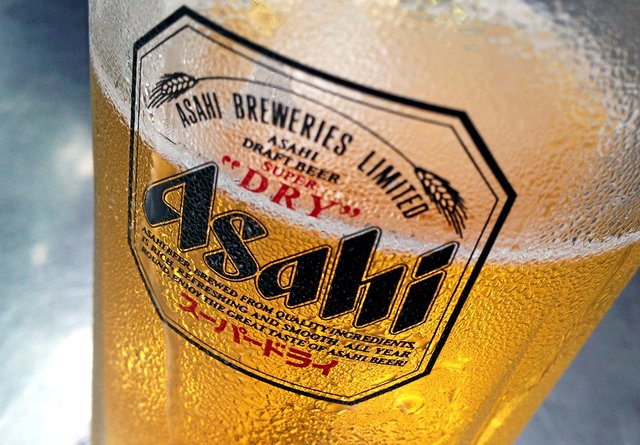
A rising middle class and globalization is boosting beer consumption globally, with the beer market expected to touch over USD 730 billion by 2022, according to a recent Deloitte report; promising brewers a robust growth rate of 6 per cent annually.
By Viraj Desai
The world’s four largest brewers, Belgium-based Anheuser-Busch InBev (AB-InBev), London based SABMiller, Dutch brewer Heineken and Denmark’s Carlsberg account for over half the global market for beer.
According to a JP Morgan report, the top three markets accounting for over 75% of the global beer consumption include China, US and Brazil, while consumption is on the decline in traditional markets such as Germany and Australia. This is largely attributed to the change in consumer preferences towards local-made craft beers and spirits.
Interestingly, beer consumption is growing in emerging economies such as India, Thailand, Vietnam and South Africa, driven by demographics and surge in per capita income. India, Vietnam, Thailand, Spain and Mexico have also seen substantial growth over the past five years.
Anheuser-Busch InBev is a global leader with almost one-third market share while Heineken and Carlsberg are among other leading brewers globally. Canadian brewery firm Molson Coors and Chinese company China Resources make it to the top five, having seen consistent growth over the past half-decade.
Asian Dominance
Asia is projected to have a beer market size of USD 202 billion by 2020, according to market research company ApacMarket.
India and China are adopting a more ‘Western palette’ with the brewery market witnessing a growth of over 7% per annum.
Japanese drinks manufacturer Asahi Group Holdings acquired ABI’s beer businesses in five European countries for USD7.6 billion last year, including the Czech Republic, Poland, Hungary, Slovakia and Romania. With annual sales of USD1.7 billion and an operating profit USD 367 million in the 2016 fiscal year, it’s an investment that may boost the Japanese beer maker’s growth.
Asahi also acquired Italian brewery Peroni and three other European beer companies, all from SAB, for USD2.9 billion. Its rival, Kirin, is eyeing the Asia Pacific market growth; it bought a stake in San Miguel Brewery, an affiliate of leading Philippine conglomerate San Miguel in 2009, followed by Myanmar Brewery for USD 560 million.
China Resources Beer, the leading brewery in the country, is looking at inorganic growth opportunities. Most top Chinese brands have some arrangement with other leading global brewers like Chongqing beer, which has an affiliation with Carlsberg.
Thailand, the second-largest beer market in the region, have Boon Rawd Brewery and Thai Beverage as its dominant players. Despite the presence of foreign brands, local companies control 90 percent of the market. The largest beer market in Southeast Asia, Vietnam’s leading company Saigon Beer Alcohol Beverage, or Sabeco, was listed with a 20% premium. Thai Beverage acquired a 53.6% stake in the company, after the Vietnamese Government – which had a holding of 90% – decided to sell its stake. With revenues of over USD 1 billion, it is helping Thai Beverage expand its footprint in Southeast Asia with a quarter of the total market share. It is anticipated that Hanoi Beer Alcohol and Habeco will also be sold by the Vietnamese Government, which is currently holding over an 80% stake.
India has seen an exceptional growth of over 1,000% in the past five years, with volumes of nearly 470 billion litres consumed in 2017. The number of breweries have surged to 85 and microbreweries are fast emerging as popular options for beer lovers across the country...
To read more, visit https://indvstrvs.com/beer-markets-shows-no-sign-of-ailing/